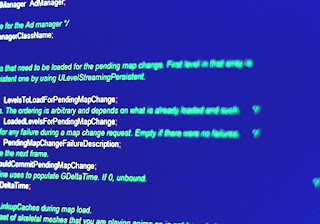Skeleton programming is a style of computer programming based on simple high-level program structures and so called dummy code. Program skeletons resemble pseudocode, but allow parsing, compilation and testing of the code. Dummy code is inserted in a program skeleton to simulate processing and avoid compilation error messages. It may involve empty function declarations, or functions that return a correct result only for a simple test case where the expected response of the code is known.
Skeleton programming facilitates a top-down design approach, where a partially functional system with complete high-level structures is designed and coded, and this system is then progressively expanded to fulfill the requirements of the project. Program skeletons are also sometimes used for high-level descriptions of algorithms. A program skeleton may also be utilized as a template that reflects syntax and structures commonly used in a wide class of problems.
Skeleton programs are utilized in the template method design pattern used in object-oriented programming. In object-oriented programming, dummy code corresponds to an abstract method, a method stub or a mock object. In the Java remote method invocation (Java RMI) nomenclature, a stub communicates on the client-side with a skeleton on the server-side.
A class skeleton is an outline of a class that is used in software engineering. It contains a description of the class's roles, and describes the purposes of the variables and methods, but does not implement them. The class is later implemented from the skeleton.
References
See also
- Template method pattern
